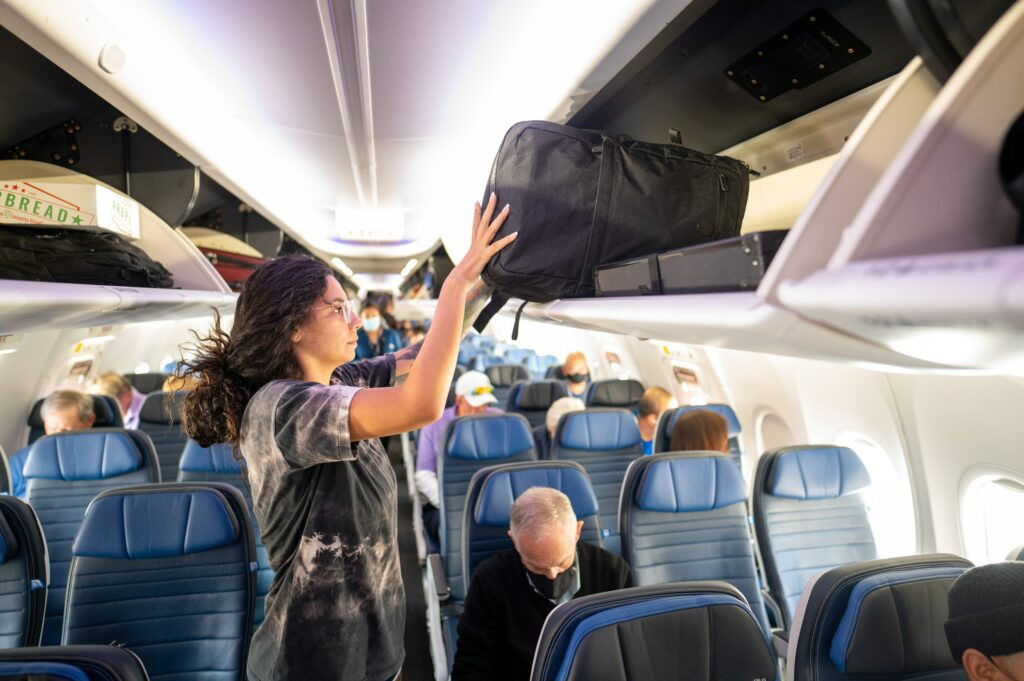A downpour of praise from global experts is being bestowed upon the Japan Airlines flight attendants who saved hundreds of lives following an accident.
There is no other word than “miracle” to describe the escape of 379 people aboard Japan Airlines (JAL) Flight 516.

As terrified passengers witnessed flames engulfing the windows and smoke filling the cabin, the Japan Airlines flight attendants concealed their anxiety and focused on every last detail of their safety training.
The core issue was to get everyone out of the plane as soon as possible, as staying inside reduced the chances of survival. Ultimately, all 367 passengers and 12 crew members evacuated the plane in less than 20 minutes.
The crew’s actions during those critical moments averted a potential catastrophe. Astonishingly, no one sustained serious injuries. They are being applauded for their composure and professionalism.
Michele Robson, a former air traffic controller, commented that the crew did an excellent job of evacuating 367 passengers under challenging circumstances.
“It’s natural for passengers to panic when they see flames,” she said. “The impact would have caused great anxiety for those on board. But the crew performed admirably.”
John Cox, a pilot from the United States, attributed the successful outcome to their thorough training. He noted their focus on swiftly getting passengers off the plane and being among the last to leave themselves.
Aviation experts highlighted the unwavering calmness of the flight attendants, coupled with the high level of cooperation and safety protocol adherence from the passengers, as factors that averted a major disaster.
Paul Hayes, the Director of Aviation Safety at Ascend by Cirium, a UK-based aviation consulting firm, described it as miraculous. “The crew performed exceptionally well,” he said. “Not a single passenger took their carry-on luggage with them during the emergency evacuation.”

Leaving Belongings Behind During Evacuation
A study by Embry-Riddle Aeronautical University found that passengers who take their carry-on luggage during emergency evacuations not only slow down the process but also put themselves and others at risk.
In an emergency, the top priority for passengers should be to leave everything behind and get out as quickly as possible. Doing so maximizes the chances of survival for everyone.
The Japan Airlines crew reminded passengers not to take their carry-on luggage during the evacuation. This ensured that the emergency exits remained unobstructed, facilitating a smoother evacuation. Additionally, carrying luggage could have torn the evacuation slide, causing injuries.
Steve Creamer, an aviation safety consultant and former senior director at the International Civil Aviation Organization (ICAO), remarked, “It’s remarkable that they got everyone off the plane so quickly. This speaks volumes about the crew’s discipline and the compliance of the passengers. The benefits of leaving luggage behind are evident.”
According to experts, there are four key things passengers should remember in the event of an emergency evacuation on an aircraft:
Always follow the instructions of the crew. They are there not just to serve but also to ensure your safety. They are trained in safety protocols and can guide you to survival in such situations.
Prioritize a swift exit from the plane due to the high risk of smoke inhalation.
Leave all luggage behind, including carry-on items. Do not attempt to retrieve items from overhead compartments. If wearing high-heeled shoes, passengers should remove them and carry them in their hands when using the evacuation slide.
Remain calm at all times.








































